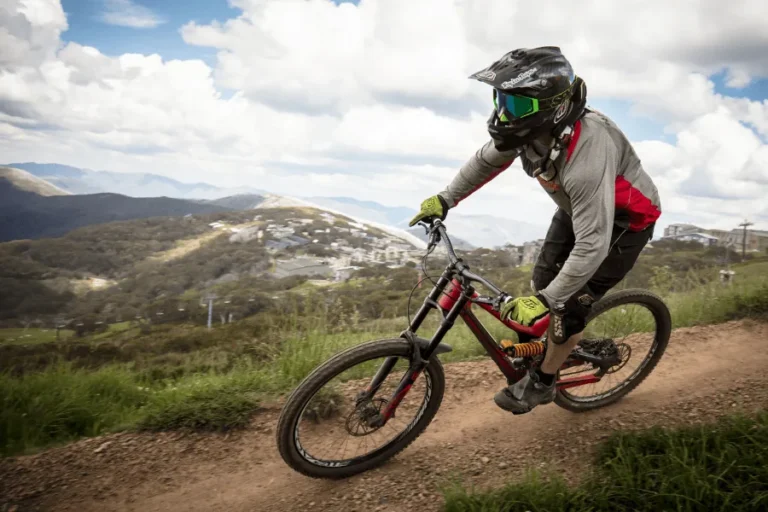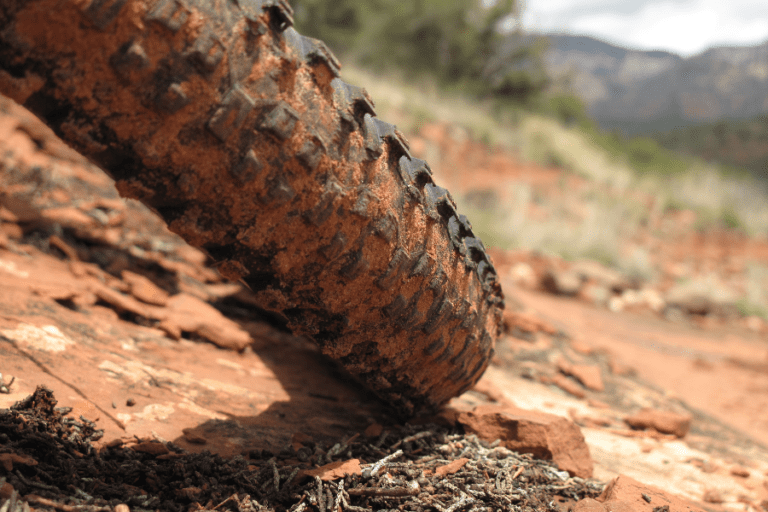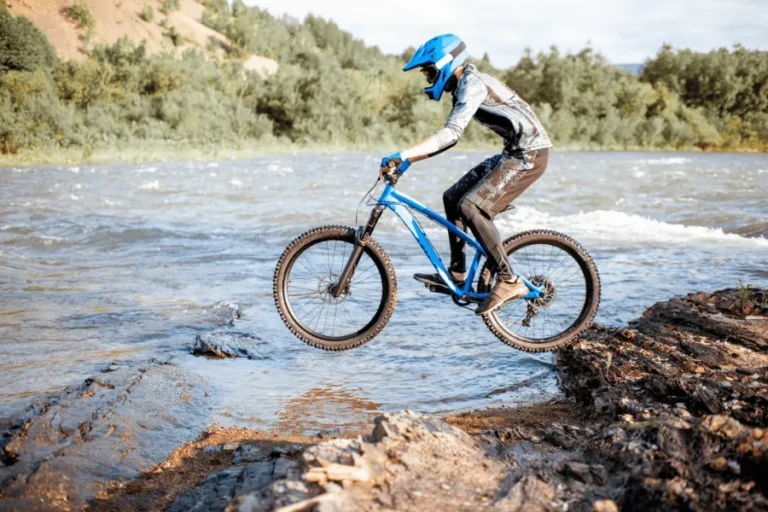What Kind Of Bike Do I Need For Downhill Mountain Biking
If you’re an adrenaline junkie who thrives on the rush of speeding down steep, rugged terrain with obstacles galore, downhill mountain biking may be your calling. But before you don your helmet and hit the trails like those at RideBHM, there’s one crucial question to answer: What kind of bike do you need for downhill mountain biking?
What Kind Of Bike Do I Need For Downhill Mountain Biking
In this guide, we’ll explore the key factors that will help you make an informed decision.
Downhill mountain biking is a thrilling sport that demands the right equipment to ensure safety and maximize performance. Unlike other forms of mountain biking, downhill riders focus on descending steep hills as quickly as possible, navigating technical features, and absorbing rough terrain. To tackle these challenges effectively, you’ll need a specialized downhill mountain bike designed to handle the demands of this extreme sport.
Downhill Bike Anatomy
Before diving into the specifics of what to look for in a downhill mountain bike, let’s examine the essential components that make up these specialized machines:
- Frame: Downhill bikes have sturdy, robust frames built for durability and stability. They typically have a longer wheelbase for added stability and can accommodate rear suspension systems for shock absorption.
- Suspension: Downhill bikes are equipped with dual-suspension systems, featuring both front (fork) and rear (shock) suspension. This setup allows the bike to absorb the impacts of rough terrain and maintain control at high speeds.
- Brakes: Powerful disc brakes are a must for downhill riding. Hydraulic disc brakes provide precise stopping power, crucial for maintaining control on steep descents.
- Tires: Downhill-specific tires are wider, with aggressive tread patterns that provide superior grip on loose terrain. Tubeless setups are also common to reduce the risk of flats.
- Gearing: Downhill bikes usually have a single chainring setup with a narrow-wide chainring to prevent chain drops. The limited gearing options are tailored for descending rather than climbing.
- Geometry: Downhill bikes have a distinct geometry that positions the rider in a low and aggressive stance, facilitating control and stability at high speeds.
Now that we’ve covered the basic anatomy of a downhill mountain bike, let’s explore the factors to consider when choosing the right bike for your downhill adventures.
Budget
Before diving into the world of downhill bikes, it’s essential to establish your budget. Downhill mountain bikes can range from a few thousand dollars to over ten thousand dollars, depending on the brand, components, and features. While it’s tempting to go all-in on the most expensive option, there are excellent entry-level and mid-range downhill bikes that offer fantastic performance and durability.
Consider how committed you are to the sport and your future progression. If you’re just getting started, investing in a mid-range bike can be a wise choice. As you gain experience and skills, you can always upgrade to a more high-end model down the line.
Suspension
The suspension system is arguably the most critical aspect of a downhill mountain bike. Downhill bikes come in two suspension wheel sizes: 27.5 inches and 29 inches. The choice between the two largely depends on your riding style and personal preference.
- 27.5-inch wheels: These wheels are known for their agility and responsiveness. They provide quick acceleration and maneuverability, making them a favorite among riders who prioritize tight corners and technical descents.
- 29-inch wheels: These larger wheels offer better rollover capability, meaning they can roll over obstacles more easily. They provide stability at high speeds and are favored by riders who prefer fast, open descents.
The suspension travel is another critical aspect to consider. Downhill bikes typically have a minimum of 200mm (8 inches) of travel, both in the front fork and rear shock. This generous travel allows the bike to soak up large impacts and maintain traction on rough terrain.
Frame Material
Downhill bike frames are primarily constructed from two materials: aluminum and carbon fiber.
- Aluminum: Aluminum frames are known for their durability and affordability. They can withstand the abuse of downhill riding but tend to be heavier than carbon fiber frames.
- Carbon Fiber: Carbon fiber frames are lighter and can offer a smoother ride due to their ability to absorb vibrations. However, they are more expensive and may not be as rugged as aluminum frames.
Your choice of frame material should align with your budget and priorities. If you’re an entry-level rider, aluminum is a reliable choice. More experienced riders looking for a lightweight and high-performance option may prefer carbon fiber.
Brand and Model
The mountain biking industry is flooded with various brands and models, each offering unique features and designs. It’s essential to do your research, read reviews, and even test ride bikes if possible. Some well-known brands that produce quality downhill bikes include Specialized, Trek, Santa Cruz, Yeti, and Giant, among others.
Used vs. New
If budget constraints are a concern, you might consider buying a used downhill bike. While new bikes come with warranties and the assurance of unused components, used bikes can offer tremendous value for the price. Just be sure to thoroughly inspect the bike, check for wear and tear, and test its functionality before making a purchase.
Bike Fit
Finally, don’t overlook the importance of a proper bike fit. Downhill mountain biking requires precise control, and a bike that fits you well is crucial. Visit a local bike shop or work with a professional bike fitter to ensure that the bike’s size and geometry match your body and riding style.
Ride With Us At RideBHM
Choosing the right bike for downhill mountain biking is a crucial step in enjoying this exhilarating sport to the fullest. Consider your budget, suspension preferences, frame material, and bike fit when making your decision. Whether you’re just starting or a seasoned rider, there’s a downhill mountain bike out there that’s perfect for your needs. So, gear up, hit the trails, and experience the adrenaline rush of downhill mountain biking like never before over at RideBHM. Get your passes online today!






